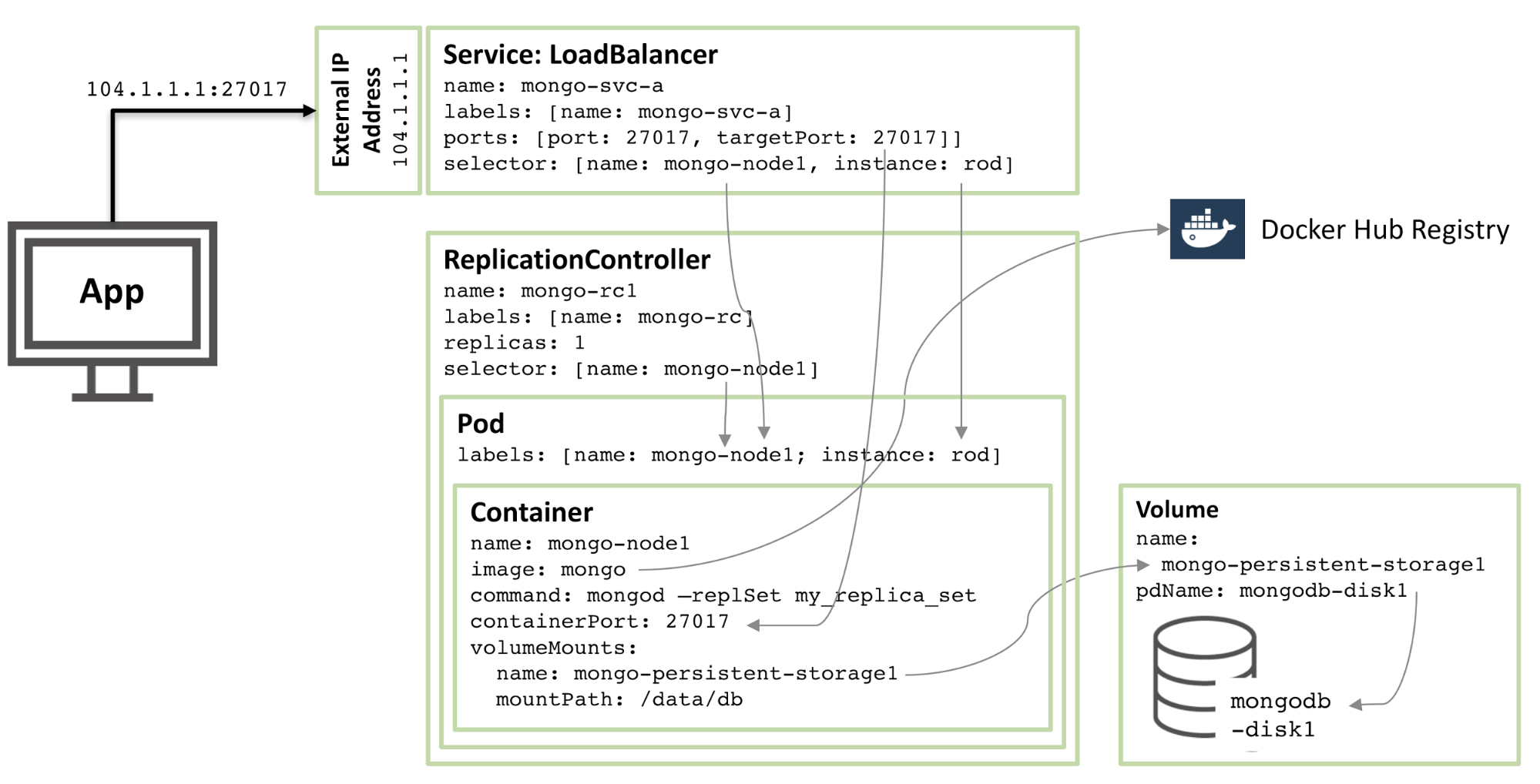

This is for the admin container and to ensure that ads that are blocked on your network show up blank. Mapping port 80 on the host machine to port 80 on the application container. Volume mapping the dnsmasq volume that you created to the /etc/dnsmasq.d folder within the container. Volume mapping the pihole volume that you created to the /etc/pihole folder within the container. VariableĬhange your time zone with the correct time zone from the TZ Database.Ĭhange YOURPASS with a password that you will use to access the application.Ĭhange YOURSERVERIP to the IP address of your docker host machine. Below is a table of information about the variables used in the above command. Make sure to edit the variables in the command to match your setup. Make sure you edit the TZ, WEBPASSWORD, and SERVERIP environmental variables. This command uses the official Pi-Hole container image from the Docker Hub. To create the volumes run the following commands: One volume to store your application configuration data ( /etc/pihole) and one volume to store DNS configuration ( /etc/dnsmasq.d). In order to maintain data persistence across container updates, Pi-Hole recommends that you create two volumes.
#What is my docker ip install#
If you need to install Docker, you can view the quick and easy steps to install docker post.

This tutorial assumes you have Docker already installed on your system. Once set up, you can configure your router to forward DNS requests to your pi-hole server and you’ll immediately notice a difference in the websites that you visit. Installation of Pi-Hole in Docker is easy.

Pi-hole is a network-level ad blocker that sits on your network and uses blacklists to determine which DNS requests to block. The websites you visit and your smart devices are constantly sending data to back to their manufacturers and to third party advertisers. Internet advertisements and trackers are everywhere.


 0 kommentar(er)
0 kommentar(er)
